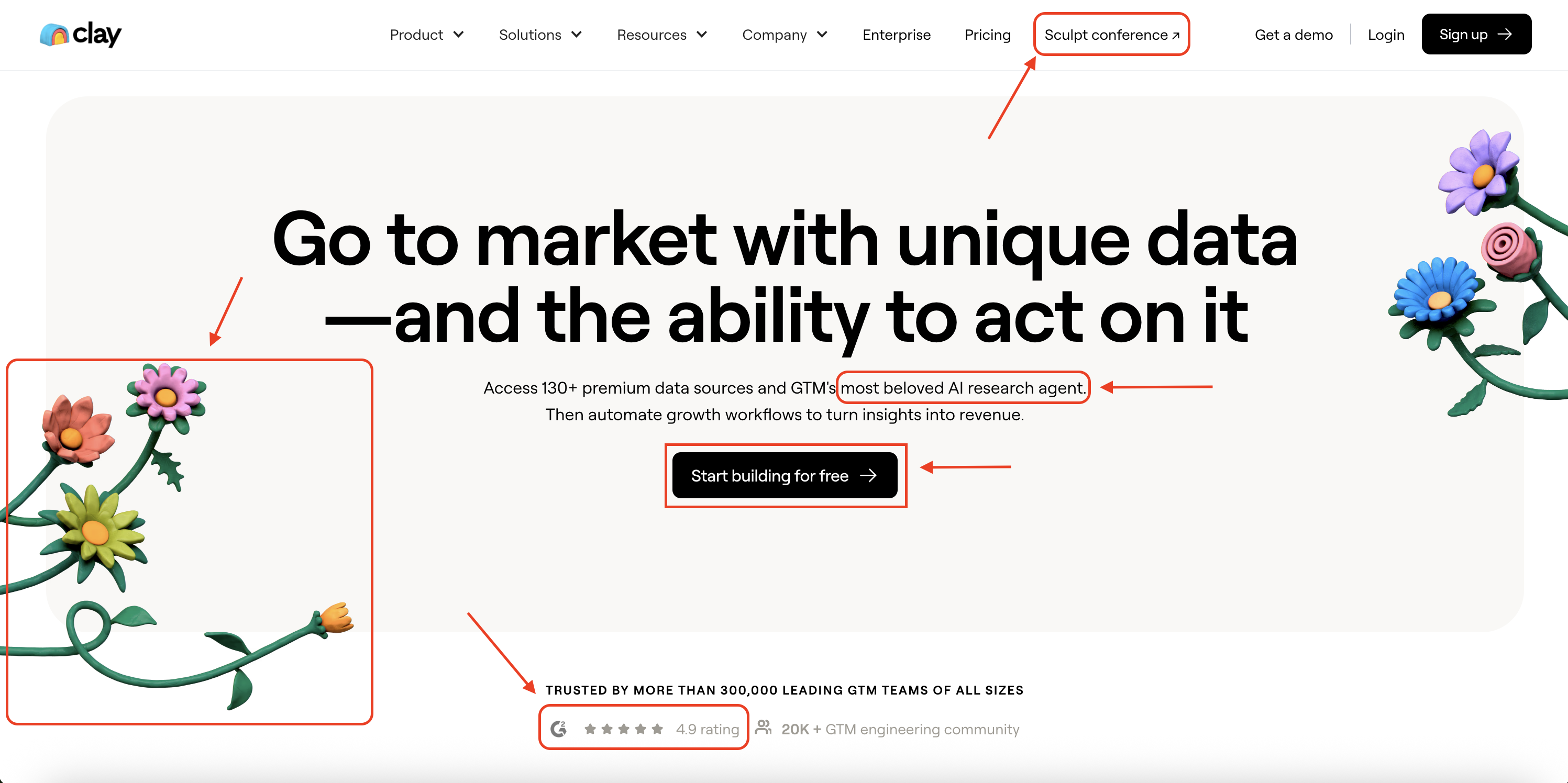
The Problem With Social Proof
When I joined DoWhatWorks and got access to our trove of A/B tests, I remember the most surprising learning was that customer logos lost in most tests.
And it wasn’t just logos. Short quote testimonials underperformed, G2 and third-party review badges frequently lost.
Nearly every company uses some type of social proof.
So what is going on here?
A STUDY OF SOCIAL PROOF
First, let's choose a page type.
For this example, we will look at pricing pages.
Here is a test from Jotform with and without G2 badges. 4.7 stars. Category leader... But it lost.

It also lost for Navan, who uses the G2 reviews above their signup form... (despite 8k+ reviews and being another top-rated)

There are a few problems.
1) Trust issues due to pay-to-play. A lot of these sites like G2 have come under accusations of elevating brands that are willing to pay for placements. This undermines trust in them being impartial.
2) Page placement. Often times, where social proof is used is its primary detriment. On pricing pages, someone is close to converting, and if you force more scrolling because of your G2 reviews or logos, it takes away from attention on your core messaging. If you pull the badge directly from G2, it even links away from your pricing page, taking people to a hub where they can explore your competition. Not good!
The placement problem is similar to a problem I see with logos on homepages. Everyone uses them at the very top, but I think that's completely backwards. Social proof is to increase trust and confidence once someone has been sold on your value proposition. At the top of your page you haven't established your value proposition yet, so they are just glossed over.
3) Unintended signaling. A common problem I see is folks using badges from G2 that are from 2022, or 2023. This just makes me wonder "O, so you aren't the category leader in 2025?". Or they say "4.6 stars with over 400+ reviews", which makes me wonder why so few reviews.
Okay, but what about logos on pricing pages?
Dropbox gave it a test, and it flopped. They kept the no-logos version.

What's wrong with logos?
1) Logo blindness. If you are one of the top players in a market people expect that your customers will be the top brands in the market you serve. If you are the leader, you already have the credibility, naming your customers does not give you more.
2) Logo fit. Customers want to know that your product will work for them. What happens when a prospect sees 10 logos from industries that are irrelevant to them? Unless you can show them brands that are relevant to them it won’t land as hard as you want.
3) Logos lie. Many websites will include a big name logo when just one person or small team at the company has tried the product. In other cases, logo walls include former customers who have churned. That’s shady and smart customers know not to trust it.
If you are going to use logos, I recommend making them something you can engage with (like how Clay has case studies attached to their logos) or something easily segmentable by industry/type of logos (like how 7shifts does it)
Okay, so third-party badges and logos have challenges, but what about testimonials?
We see time and time again that simple, quote testimonials, like those shown here from Glofox on this pricing page, lose in A/B tests.

What's wrong with this type of testimonial?
1) Lack of context/specificity. The majority of short testimonials don't give real nuance or context. A generic claim of a brand being good to work with, or a generic result "we increased revenue 50%!" falls flat. Instead, give specific before and after data, "Before using Webflow we were spending an extra $1500-2500/m on WordPress devs, which we completely eliminated after the first quarter of implementation"
2) They don't tell a story. A great testimonial gives a compelling before and after that a prospect can related with.
3) Is this for people like me? With short testimonials it's really hard for a prospect to quickly identify if this is from a customer similar to them.
For examples of good testimonials, I showcase a collection of them here.
Social proof is still essential to building trust with your audience, but how we deploy it and where we deploy it matter.
Today, social proof for most brands is perhaps the most pronounced example of "checkbox" marketing we see out there.
Teams feel like they are supposed to have logos, supposed to include quotes, on and on.
Instead, the best brands are finding ways to bring more context, more storytelling, and more data into their social proof to make it useful and relevant to prospects.



